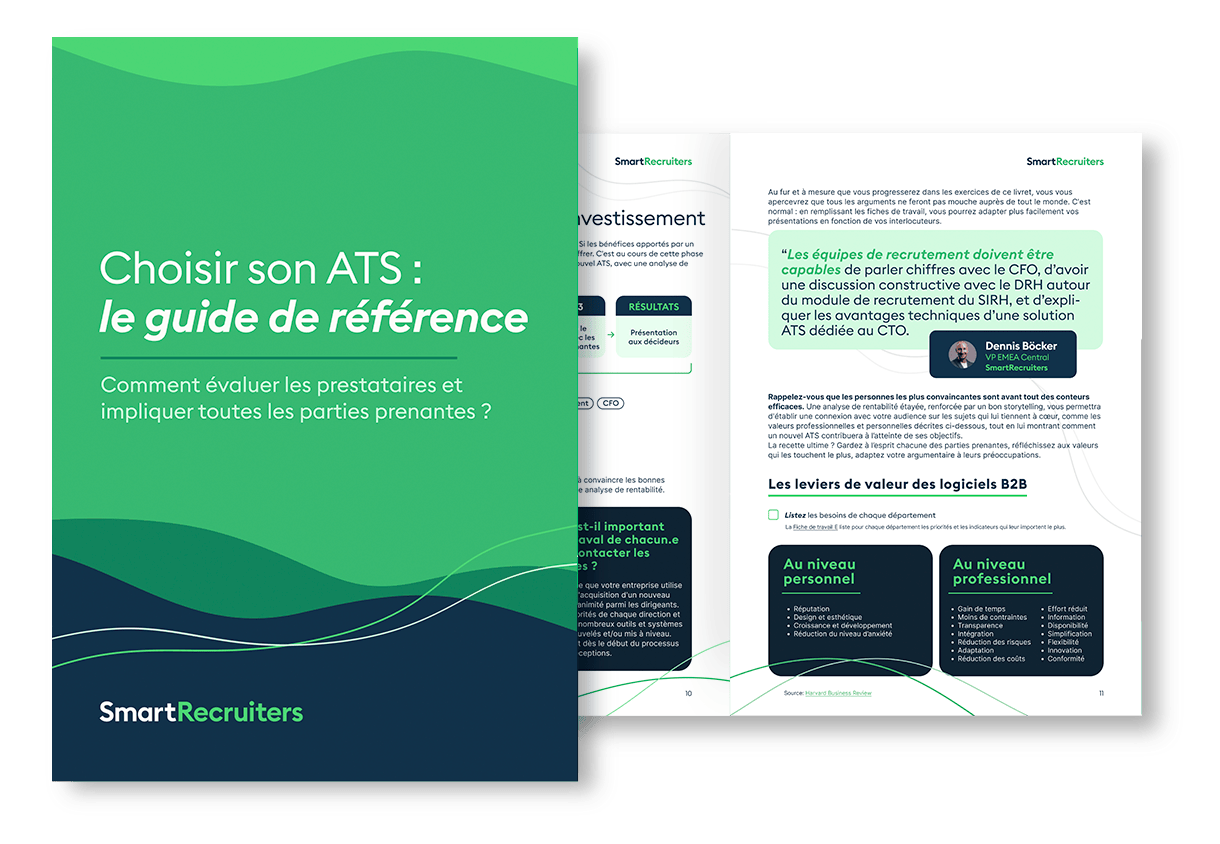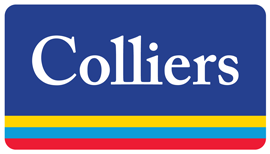Changer d'ATS ou acheter un ATS pour la toute première fois est un projet d'envergure.
Notre guide de référence "Choisir son ATS" vous guide pas à pas dans la sélection et l'évaluation des prestataires, ainsi que l'adhésion des parties prenantes.
Dans ce guide complet, vous trouverez :
- une présentation des cinq phases du processus d'achat d'un ATS
- une matrice ROI pour un investissement informé et impactant
- les 8 étapes d'un appel d'offres (RFP) relatif à l'achat d'ATS
- 12 fiches pratiques indispensables pour faciliter chaque étape
Téléchargez notre guide complet et équipez votre équipe avec la bonne technologie pour un recrutement plus humain™












